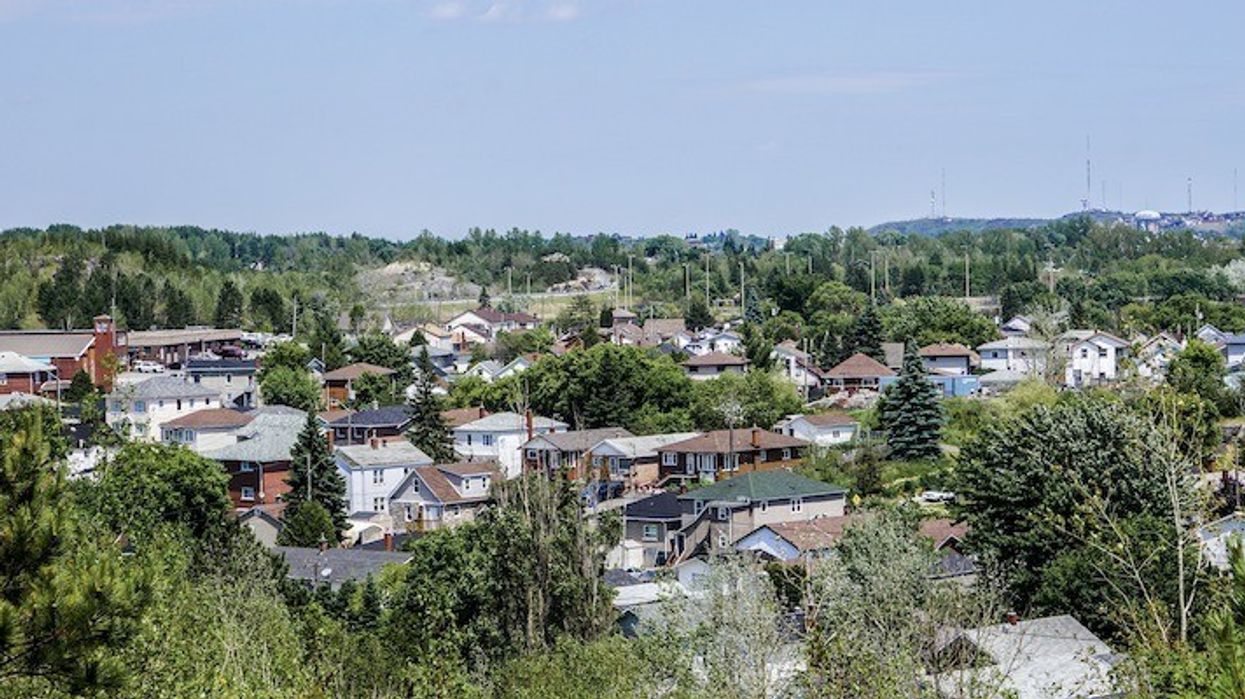If 2020 taught us anything, it's that having adequate space and access to the outdoors -- especially if you're working from home -- is more important than ever.
With many companies shifting to quasi-permanent remote work, many Ontarians have been re-evaluating their individual situations, with living close to work no longer being a top priority. This, coupled with the financial impacts of the pandemic, has left residents questioning the need to take on higher mortgages and rents just to live in close proximity to an office that may never reopen.
While many homeowners have been fortunate enough to take advantage of the record-low interest rates and declining prices in suburban cities outside of the downtown core, the average price for a home is still unattainable for many buyers.
For example, within the 905-region -- a popular area for those looking for more housing options outside of the city -- the average cost of a home reached $955,086 in 2020, according to the Toronto Regional Real Estate Board (TRREB).
Thankfully, there are more affordable options in the province’s real estate market than Toronto-area prices show, with small towns proving to be an attractive alternative for buyers.
READ: The GTA Cities That Saw the Highest Swings in Buyer Demand During COVID
StrategyCorp and the Ontario Real Estate Association’s (OREA) recently released a new policy report, Small Towns, Big Opportunities: Unlocking Growth in Ontario’s Rural and Northern Communities, which highlights a growing desire for homes with more space and outdoor amenities and greater opportunities to work from home – both side-effects of the COVID-19 pandemic – provide a golden opportunity for a small town comeback.
The OREA research found that a majority of Ontarians active in the real estate market agree (27%) or somewhat agree (34%) that living in a rural area is more appealing to them now than before the pandemic.
“We believe that these ideas can help reverse the decline and build upon the natural talents, entrepreneurship, beauty and resources in small town and Northern Ontario,” said OREA CEO Tim Hudak. “The recent trends towards work-from-home and greater interest among Ontarians to live in small towns make us even more optimistic.”
In the report, OREA highlighted the three most affordable and least affordable cities in the province -- proving just how far your dollar can go when you look outside of the city.
According to OREA, Thunder Bay is currently the most affordable city to buy, with the average price of a home sitting at $217,745. While Thunder Bay is quite a distance from Toronto – a 1 hour and 45-minute flight — with more companies offering remote work freedom, living near the picturesque shores of Northern Lake Superior is suddenly within reach.
Next in line is Sudbury, located just over four hours north of Toronto, where the average price sits at $268,696. And while the city has been said to witness “monumental” price gains over the past year, for newcomers, especially from the big cities, average prices still remain a lot cheaper than in Ontario’s large urban hubs.
The third most affordable city in the province is Windsor, where the average price is currently $303,183. Considering you can’t purchase a house (or a condo larger than 400 sq. ft.) in the GTA for that amount, this market could be considered a steal for first-time homebuyers.
On the other hand, Hamilton, Oakville, and the Greater Toronto Area are currently the three least affordable cities, where average home prices sit at $569,490, $719,000, and $804,584, respectively.

- Installing broadband in rural areas. As the 21st-century version of electrification, an aggressive plan to expand high-speed internet to rural and northern Ontario will spur economic growth and reverse out-migration. The quality of internet service is the top question Ontario REALTORS get in smaller communities. By modernizing provincial easement rules and utility pole access, the Ontario Government can dramatically expand access to this essential service.
- Implementing Opportunity Zones. Opportunity zones would provide preferential tax and regulatory treatment to spur investment in provincially identified high unemployment, low growth or shrinking communities. Opportunity Zones have a proven record of attracting capital and spurring commercial, residential, and industrial real estate development.
- Expanding natural gas access to rural and northern areas. Doubling down on the successful government policy of investments in natural gas expansion projects will lower the cost of business, enhance job creation, and make life more affordable in rural and Northern Ontario.
“An economic and infrastructure plan – one that includes housing – for our province’s rural and northern communities would secure sustained and reliable economic growth in Ontario for decades to come,” said John Oddi, OREA’s Home Builder Liaison.
“It’s an opportunity for the government to signal that our province’s smaller communities are no longer afterthoughts in any provincial policy decisions.”
You can read OREA's full report and recommendations here.





















